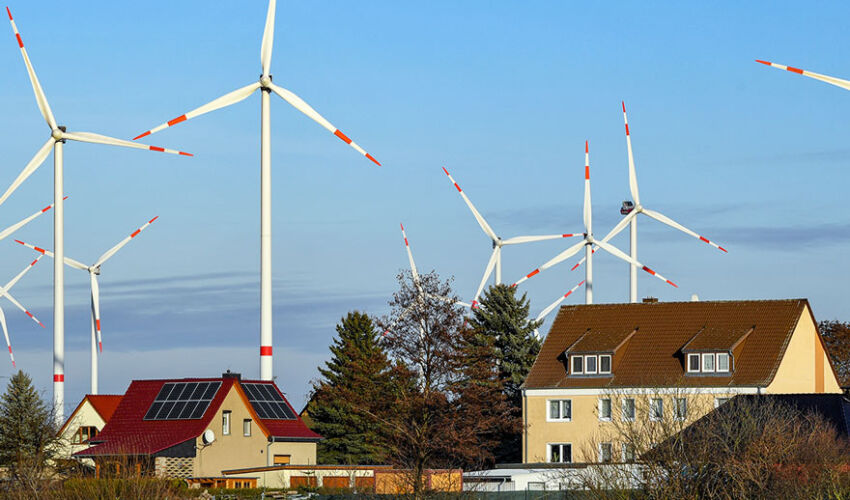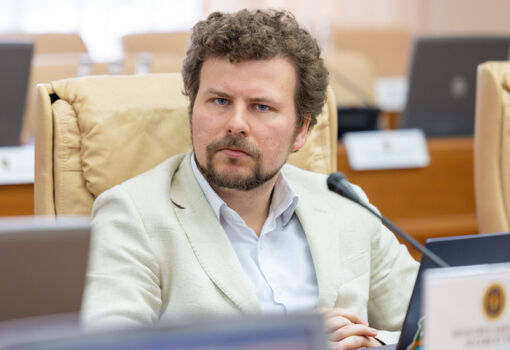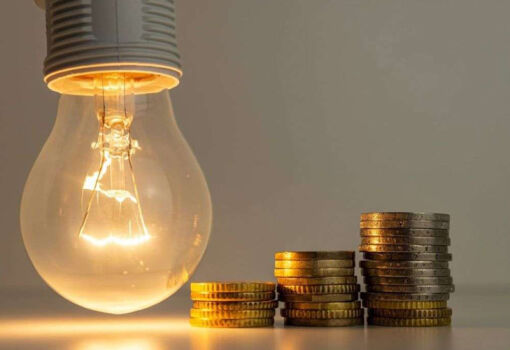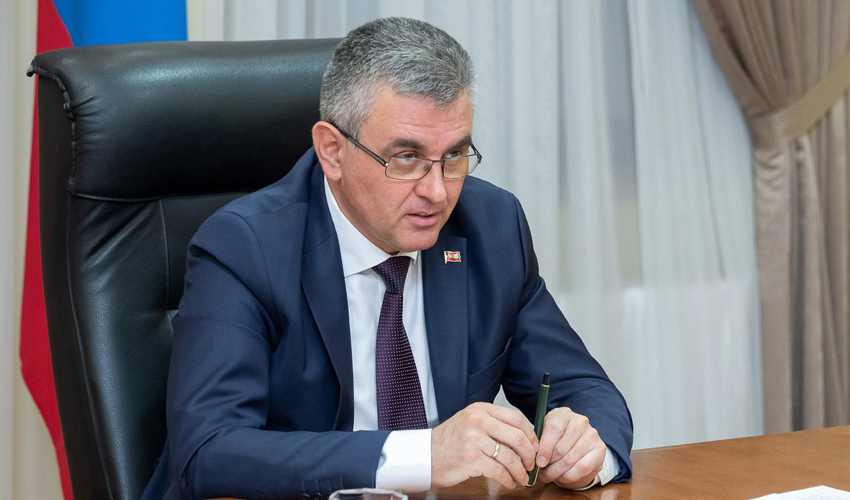
Such a mechanism has been working for a long time in many developed countries of the world. For example, in early March, electricity prices in a number of European countries dropped below zero. This happened as a result of the fact that solar power plants in Germany brought electricity generation to maximum volumes.
In some countries, electricity prices eventually fell to negative values. For example, in Germany, at one point, a megawatt hour was given minus 17.73 euros. Similar scenarios were observed in the Netherlands and Belgium.
As analysts note, cases of negative prices for electricity in Europe are recorded more and more often, as supply exceeds demand. At the same time, the situation raises concerns of investors in solar and wind energy – prices below zero undermine the profitability and prospects of investments in them.
Previously, this was not a particularly relevant issue for Moldova. However, it is in renewable energy sources (RES) that investments are now flowing in our country.
According to the National Center for Sustainable Energy, the total installed capacity of energy production from renewable sources at the end of January 2025 was 617.87 MW. During 2025, two very large photovoltaic power plants will be built in Negureni (Teleneşti district) with an installed capacity of 40 MW, and in Radeni (Straseni district) for 50 MW. In other words, the total installed capacity of RES will exceed 700 MW, while all electricity consumption in our country in spring and fall does not exceed this figure.
It is clear that the installed capacity and the actual electricity production are very different, but with such volumes, overproduction problems are already clearly emerging.
At present, they are solved in the following way: about 75 MW is used for domestic consumption, and the rest is exported, mainly to Ukraine.
As Logos Press was told by the Ministry of Energy, this imbalance is due not only to the lack of sufficient balancing capacities, but also to a number of other reasons.
First, the majority of RES supply the produced energy to the free market without the use of any state support mechanisms operating in Moldova.
That is, for the domestic market, it should be sold through Operatorul Pie?ei de Energie M SRL (OPEM), a branch of the Operator of the Electricity and Natural Gas Market in Romania (OPCOM) in Moldova. However, this was hampered by the lack of regulatory legislation and the lack of coordination between suppliers and buyers.
This gap was filled on January 28 with the entry into force of OPEM’s published operating procedures. Prior to that, they underwent public discussion and approval by the National Energy Regulatory Agency.
These are procedures related to the implementation of the day-ahead market (PZU) and the intraday market (PPZ), which will allow hourly trading of electricity, including energy from renewable sources.
They establish pricing rules and mechanisms for short-term electricity trading in a transparent and competitive manner. As well as adjustments of energy portfolios of market participants in real time, contributing to greater flexibility and efficiency of the energy system.
According to the provisions of the Electricity Law, the market consists of a bilateral contract market and organized electricity markets (namely the day-ahead market – PZU and the intra-day market – PPZ, the balancing electricity market and the system services market). In Moldova, 84 companies are licensed to supply electricity, and only two suppliers currently operate in the competitive market with market shares of 0.14 and 0.34%, respectively. After the launch of OPEM, the share of the free electricity market should increase significantly.
“Electricity producers, operators of its transmission and distribution systems, and suppliers can become participants of the OPEM trading platform. At the same time, a mandatory condition is the presence of a balancing agreement concluded with the operator of the electricity transmission system,” the Ministry of Energy explained.
In addition, on February 19, the government approved a new Regulation on the calculation of energy consumption from renewable sources, thus ensuring the full implementation of the EU Directive on the promotion of the use of energy from renewable sources, known as RED II, in the national legislation. The main objective is to develop and implement a transparent, clear and standardized mechanism for calculating the consumption of energy from renewable sources and determining its share in gross final energy consumption with application until the end of 2050.
From this moment, it can be considered that a free electricity market has started to work in Moldova. And it is not excluded that in the sunny and windy days of the coming summer in Moldova, offers to sell electricity for 0.00 lei or even at a negative price will start to appear on OPEM.
However, these processes will not affect the price for end consumers. Given their non-systematic nature, ANRE will not be able to change the tariff, and all possible benefits will go to electricity suppliers.













